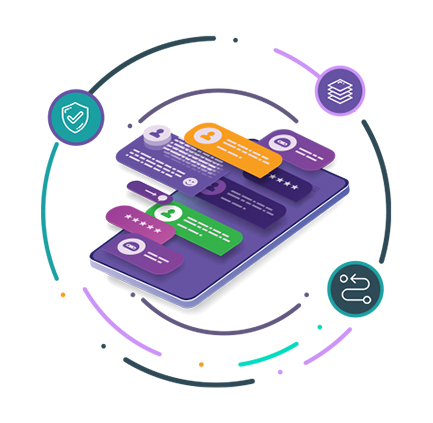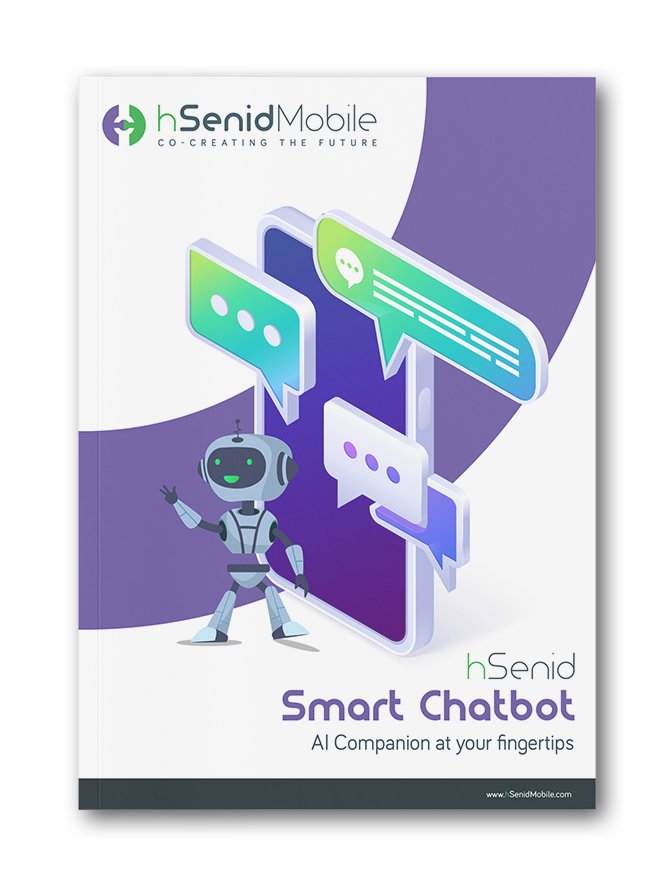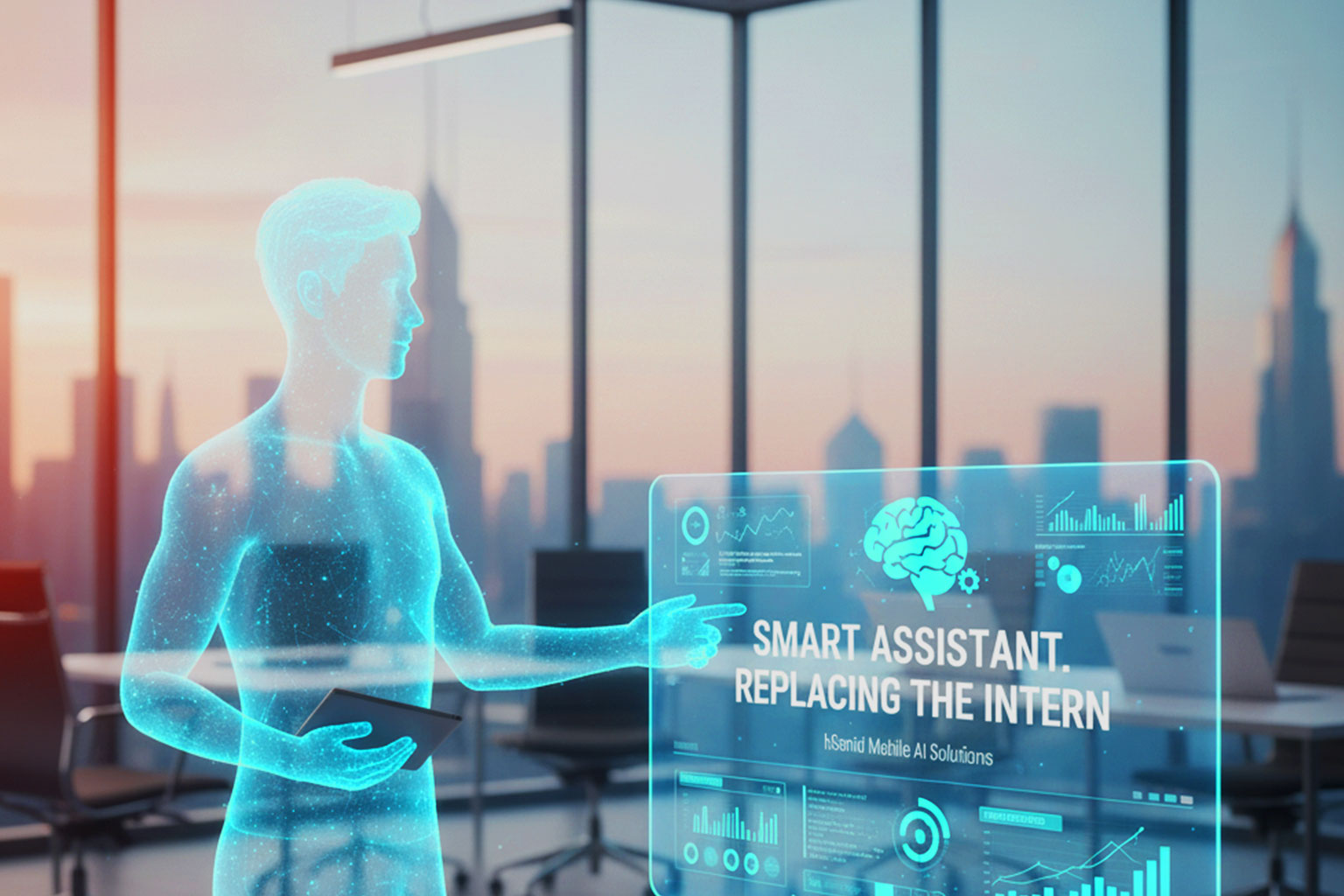“Is that all you’ve got?”
It’s the thought that might cross your mind after asking something tricky to one of those shiny new smart AI chatbot. You know the type — they answer questions in seconds, write emails, solve problems, and sometimes even throw in a joke. It all feels brilliant. Until you realize something’s off. Maybe it’s too generic. Too rehearsed. Too… robotic.
Smart AI chatbots are everywhere now, appearing in customer service chats, apps, websites, and even internal tools. And yes, the tech is undeniably impressive. But are we rushing to call them “intelligent” without really thinking about what that word means?
In fact, in industries like banking, chatbots are already pulling serious weight, handling balance inquiries, flagging suspicious transactions, and even supporting employees with internal requests. Some are built with the ability to understand multiple languages, including blended or informal dialects. That kind of language flexibility makes them feel more natural and accessible to everyday users, especially in regions where people switch between languages in conversation.
But even with all this progress, it’s worth asking: are these systems actually intelligent, or just really fast and good at sounding smart?
Emotions? Not Quite
Some AI systems are designed to recognize emotion, like detecting if someone
is angry or upset. But recognizing tone isn’t the same as understanding
someone’s feelings. A human support agent might pick up on frustration
layered with confusion or fear and adjust their response. A bot? It’ll
follow the script it was programmed with.
It’s the thought that might cross your mind after asking something tricky to one of those shiny new smart AI chatbot. You know the type — they answer questions in seconds, write emails, solve problems, and sometimes even throw in a joke. It all feels brilliant. Until you realize something’s off. Maybe it’s too generic. Too rehearsed. Too… robotic.
Smart AI chatbots are everywhere now, appearing in customer service chats, apps, websites, and even internal tools. And yes, the tech is undeniably impressive. But are we rushing to call them “intelligent” without really thinking about what that word means?
From Awkward to Almost Fluent
Let’s give credit where it’s due — chatbots have come a long way. Remember when they used to freeze up if you asked anything slightly out of the box? These days, they’re smoother, faster, and much better at mimicking how we talk. That’s mostly thanks to smarter algorithms and language processing tech that’s gotten better at figuring out what we probably mean.In fact, in industries like banking, chatbots are already pulling serious weight, handling balance inquiries, flagging suspicious transactions, and even supporting employees with internal requests. Some are built with the ability to understand multiple languages, including blended or informal dialects. That kind of language flexibility makes them feel more natural and accessible to everyday users, especially in regions where people switch between languages in conversation.
But even with all this progress, it’s worth asking: are these systems actually intelligent, or just really fast and good at sounding smart?








